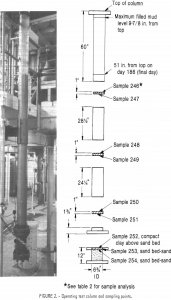
Sand Bed Dewatering
Table of ContentsApparatusMaterialsProcedureResultsDiscussion and Conclusions In 1979, as part of its minerals environmental technology research, the Bureau of Mines began a study of mine waste

Table of ContentsApparatusMaterialsProcedureResultsDiscussion and Conclusions In 1979, as part of its minerals environmental technology research, the Bureau of Mines began a study of mine waste
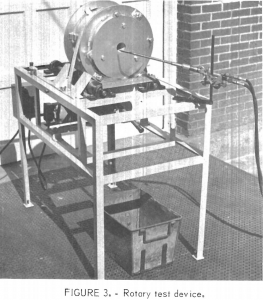
Table of ContentsRefractoriesCup TestsDescriptionDiscussion of ResultsRotary TestsDescriptionDiscussion of Results A slag formulation conforming to that used by a commercial mineral wool producer was used throughout
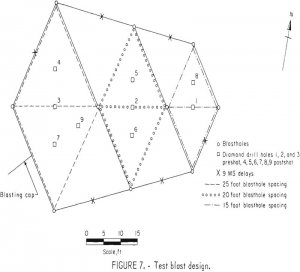
Table of ContentsAcknowledgmentsTest SiteGeologyLaboratory Leaching TestsPhysical Properties of the Quartz Monzonite PorphyryPreblast Field OperationsTopographic MappingCore Drilling OperationsBlasting ProceduresHole Loading and Delay IntervalsBlast VibrationsBlast Damage AnalysisTopographic
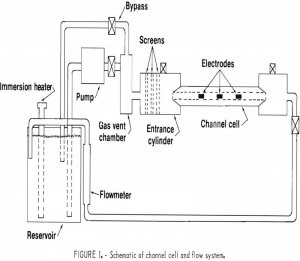
Table of ContentsExperimentalChannel CellEquipmentPreparation of SolutionsSynthetic ElectrolyteLeach ElectrolyteDeposit EvaluationResultsSynthetic ElectrolyteElectrochemical StudiesDeposit Evaluation5 g/l Ni²+ Electrolyte1 g/l Ni²+ ElectrolyteLeach ElectrolyteLeachingPurificationNickel Electrowinning Increasing the relative motion of
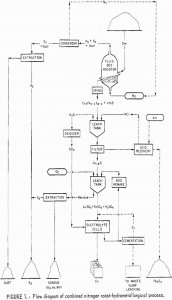
Table of ContentsSamplesExperimental Results and Discussion RoastingHydrochloric Acid Leach To Remove IronDissolution of Copper in Oxygenated Spent ElectrolyteElectrowinning CopperRecovery of SulfurGold, Silver, and Molybdenum Present copper
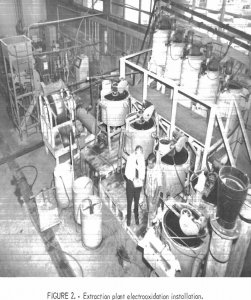
Table of ContentsTheoryProcess DescriptionResults and Discussion Mercury is customarily recovered from its ores by roasting sulfide minerals and condensing the vapors to obtain the metal.
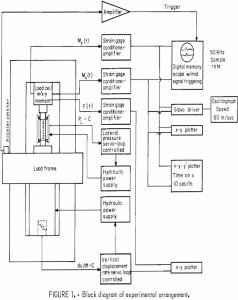
Table of ContentsExperimental ProcedureExperimental DataDiscussion A scale-invariant theory of rock failure has been proposed that predicts precursor effects prior to failure, such as anomalous VP/VS
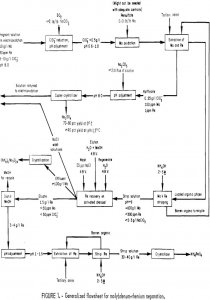
Table of ContentsMaterials Equipment and ProcedureResults and DiscussionPreliminary Carbon Adsorption StudiesSolvent Extraction Studies on As-Received Elox SolutionReduction of ClO3- With SO2Molybdenum and Rhenium Extraction and
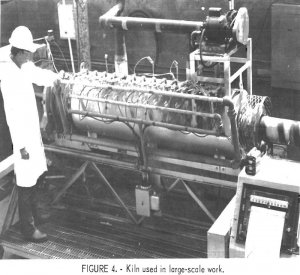
Table of ContentsBench-Scale Rotary Kiln TestsRoasting TemperatureParticle SizeAir FlowRoasting TimeLeachingLarge-Scale Rotary Kiln TestsLime RoastAcid LeachMolybdenum RecoveryCopper RecoveryAcid RegenerationFluidized Bed Tests Most copper is now produced
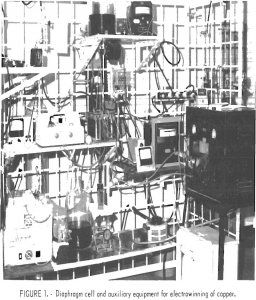
Table of ContentsExperimental EquipmentExperimental ProceduresExperimental ResultsProduct CharacteristicsConclusions The object of this research was to investigate procedures for recovering copper from chloride solutions as part of